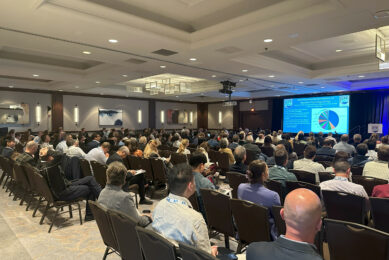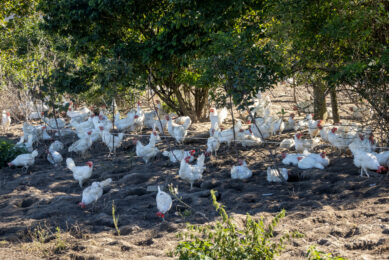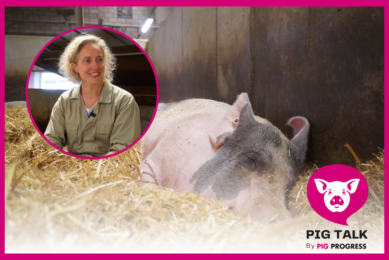More feed mills, lower feed costs

An increase in the number of feed mills and a decrease of the global feed costs. This can be concluded from the Global Feed Survey, done by animal nutrition company Alltech.
The feed costs did not change much in 2017, which would be seen as a positive by many in the industry. Certainly, it has been good for producers of milk, meat and eggs as feed costs are highly correlated with cereal and vegetable protein prices.
Strong year for pig feed
In choosing to evaluate the feed costs for finisher feeds of pigs, layers and broilers, Alltech elected to compare these feeds based on the relative homogeneity of these formulations globally. Pig finisher feeds cost, on average, about 2% more globally than 2016. Considering that the production of pig feeds was about 5.54% higher, this would indicate a strong year for this sector. The layer industry grew just 1%, but it remained stable with a drop of just 1.7% in feed costs. Broiler production costs for finisher diets dropped 14% globally, while the industry itself is showing incremental growth of just under 3%. Yet, with feed representing 70% of live animal production costs, this cheaper feed will translate into cheaper chicken and eggs for the consumer.
Break regarding feed costs
While the average global feed costs did not change much from 2016 to 2017, some individual countries experienced greater volatility. Germany and Bulgaria saw increases across the board for finisher diets. On the other hand, some Latin American countries seemed to get a break regarding feed costs. Brazil, Peru, Chile, Paraguay, Jamaica and Costa Rica all reported declines in animal feed finisher diet costs. Many countries in Africa, such as Nigeria and Cameroon, maintain some of the highest finisher diets with costs nearing $ 700 or above.
More feed mills
In 2017, a total of 31627 feed mills are counted on a global level. This is more than 2016 (30090). In pretty much all the regions, the number of feed mills increased over last year. Except for Africa where the number dropped from 2081 mills in 2016 to 2068 mills in 2017.











